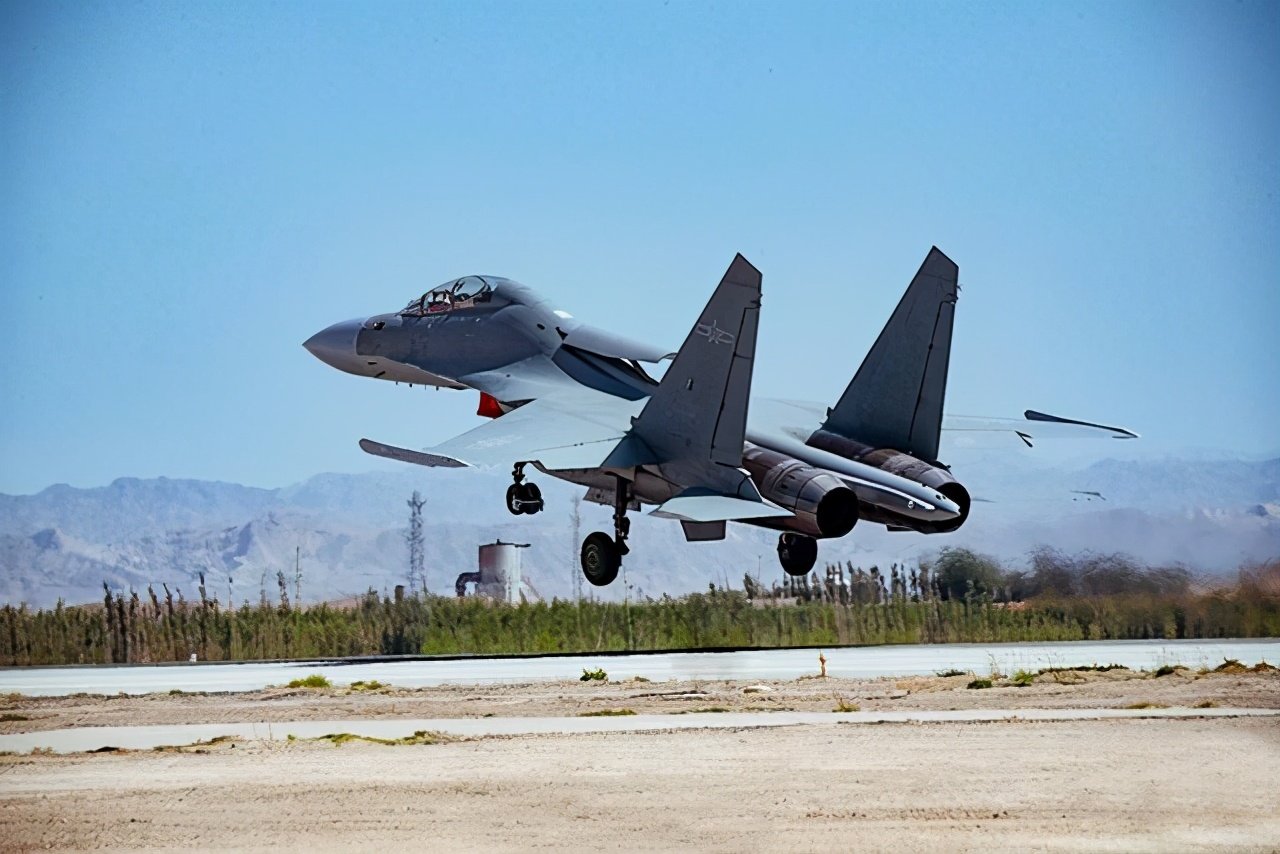The report believes that in the past, the Western Theater Command has never been a priority for the upgrading of China’s air force equipment. However, this year, due to India’s continuous provocation on the border, the PLA is strengthening the deployment of troops and weapons in the western region on a large scale.
The air force of the Western Theater Command has also taken this opportunity to replace powerful J-16 fighters. It seems that this We have to “thank” India.
Generally speaking, China’s current national strategic posture is to be stable. This is because the eastern coast of our country is directly facing the threat of the United States, while the threat in the western region is much smaller than that in the eastern region, and it is not the focus of the national strategy.
Especially after the collapse of the Soviet Union, the security situation in the whole west has improved unprecedentedly. After the reform and opening up, the eastern region has gradually become a key area for China’s economic development. Several provinces on the southeast coast are all provinces with large economic development.
Therefore, the People’s Liberation Army has focused on the southeast coast for a long time. The new equipment is generally given priority to equipping the Eastern Theater, which has not changed much so far.
For example, China’s most advanced J-20 fighters have given priority to equipping the eastern and southern air force forces to fight against the increasing number of U.S. stealth fighters on the southeast coast.

Since this summer, India has suddenly provoked China on a large scale in the border area, resulting in the no longer stable border in western China. Of course, due to the continuous progress of economy, science and technology, the People’s Liberation Army has more abundant resources to deploy the eastern and western regions.
In the western region, despite the frequent provocations of the Indian army, the quantity and quality of weapons and equipment are far from China’s opponents. Its latest gust fighter is only equivalent to China’s J-10C light fighters, while the Su-30MKI and Mirage 2000H fighters are even inferior to the array. Wind fighter.
In fact, the J-10C fighter is enough to equal all the fighters of the Indian Air Force, and even have some technical advantages. But our army’s war preparation is never based on drawing opponents, but on defeating them.
Although the J-16 fighter is not stealth fighter, its advanced performance is enough to constitute a crushing air superiority to the Indian Air Force. The J-16 fighter is equipped with a new radar of the same origin as the J-20.
The radar of the newly equipped “gust” fighter in the Indian army is far less than that of the J-16 fighter in terms of detection distance and target processing ability, while the Su-30MKI and Mirage 2000H are far less technically inferior to the J-16. Distance, the J-16 fully has the ability to “hang” the Indian Air Force.
The J-16 is a two-engine two-seat heavy fighter. Its airframe size is comparable to that of the Su-30SM in active service in Russia. It adopts China’s own flight control and radar avionics system.
Compared with the Su-30SM, its air weight is reduced by about 1 ton, while the “Taihang B” engine used by the J-16 has a maximum afterthrust increase of about 1 ton compared with the original AL-31FN engine, and the two “Taihang B” engines provide a maximum thrust of 2 tons more than before under maximum after-force.
In this way, the J-16 fighter has achieved the same payload and range as the Su-34 fighter bomber, while the maximum take-off weight of the Su-34 fighter bomber is 45 tons, and the J-16 is only 33 tons.

After equipping with J-16 fighters, there is no doubt that there has been a considerable improvement in the security situation in China’s western border areas. Although the J-7 fighter equipped in the Western Theater in the past is the latest version, it is after all an upgrade of the Soviet MiG-21 fighter in 1955.
Its fatal shortcoming is that the aircraft is too small, so the airborne radar avionics system is relatively simple and the aircraft’s range is too short. Nowadays, the J-16 fighter not only crushes India in radar, airborne weapons, avionics system, engine performance and many other aspects, but also the combat effectiveness of a J-16 fighter is enough to match a J-7 fighter squadron.
More importantly, China has a powerful production capacity that scares the whole world! At present, the United States produces about 100 to 130 fighters a year, while China produces about 100 fighters a year. If you drive at full horsepower, you can produce more in a short time.
Our army’s “Bird Gun Exchange” fully deploys J-16 heavy fighters. I don’t know if the Indian army still has the courage to drive the gust fighter plane to the top of the previous fight.



